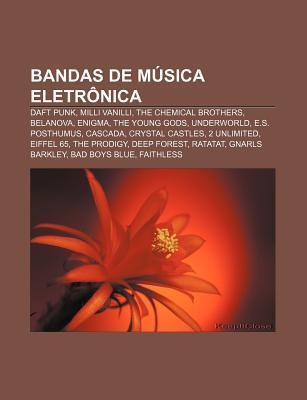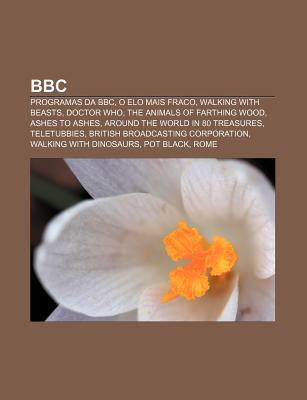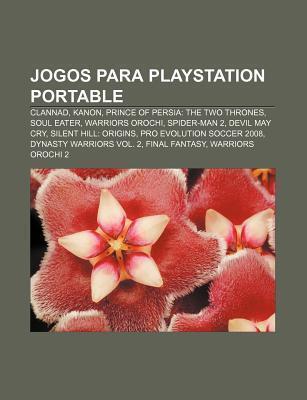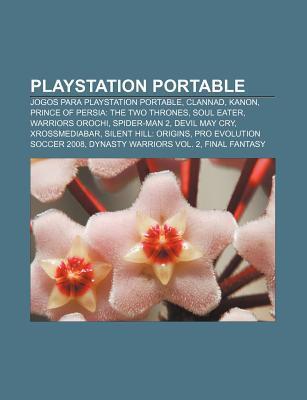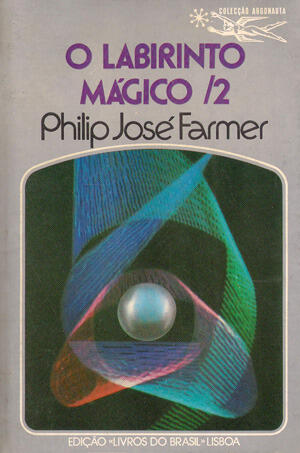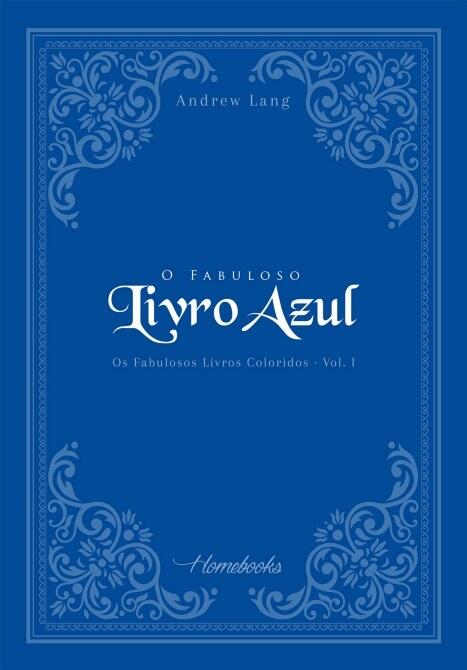
Herbário etnobotânico, banco de dados: As plantas do catimbó em Meleagro de Luís da Câmara Cascudo
بواسطة
Maria Thereza L. A. (maria Thereza L. De Arruda) Camargo
لا توجد تقييمات بعد
Fantasy
تنسيق
غلاف ورقي
صفحات
201
لغة
البرتغالية
منشور
Jan 1, 1999
الناشر
Fflch/usp-cer Humanitas Publicações, Fflch/usp Fapesp
رقم ISBN-10
8586087580
رقم ISBN-13
9788586087585
الوصف
This comprehensive work delves into the intricate relationship between the flora of the catimbó and the cultural practices surrounding it, as explored through the meticulous research of Maria Thereza Lemos De Arruda Camargo. The book serves as an ethnobotanical repository, showcasing a variety of plants significant to the spiritual and medicinal traditions within Meleagro, a region steeped in rich cultural history.
Through detailed descriptions and classifications, Camargo illuminates the uses of these plants in traditional practices, illustrating their importance not only as natural resources but also as vital components of an enduring cultural identity. The narrative weaves together scientific observation and folklore, reflecting the deep-rooted connections between the local communities and their environment.
More than just a catalog, it enhances the understanding of biodiversity and its role in human life, while offering an index and extensive bibliographical references for readers keen on further exploration. This work stands as a valuable resource for both scholars and enthusiasts interested in ethnobotany and the cultural significance of plants in Brazilian traditions.
Through detailed descriptions and classifications, Camargo illuminates the uses of these plants in traditional practices, illustrating their importance not only as natural resources but also as vital components of an enduring cultural identity. The narrative weaves together scientific observation and folklore, reflecting the deep-rooted connections between the local communities and their environment.
More than just a catalog, it enhances the understanding of biodiversity and its role in human life, while offering an index and extensive bibliographical references for readers keen on further exploration. This work stands as a valuable resource for both scholars and enthusiasts interested in ethnobotany and the cultural significance of plants in Brazilian traditions.



